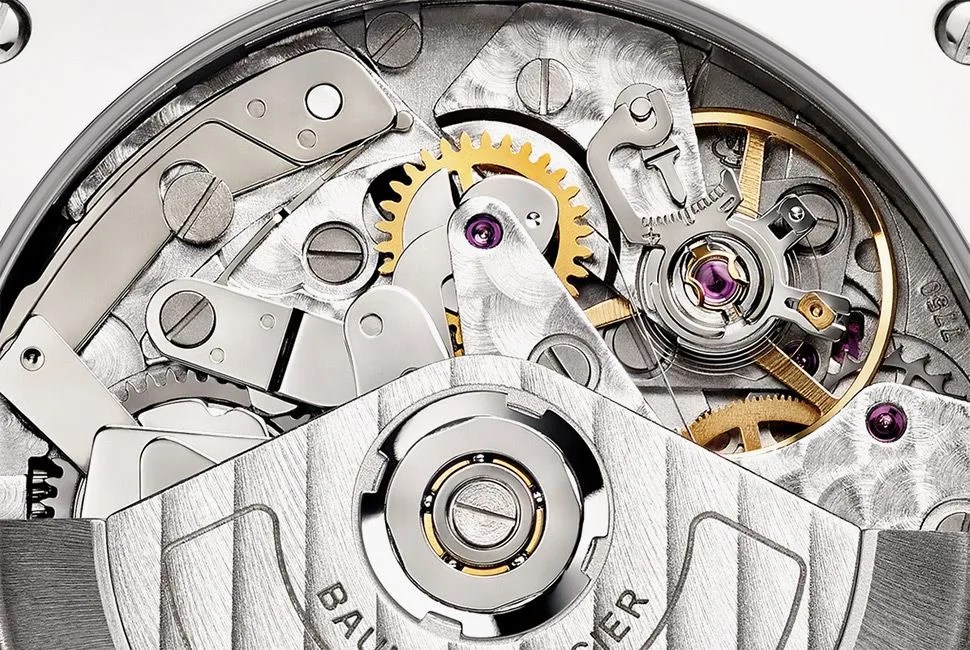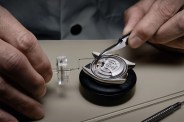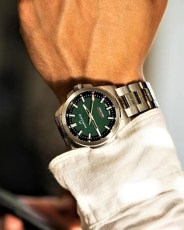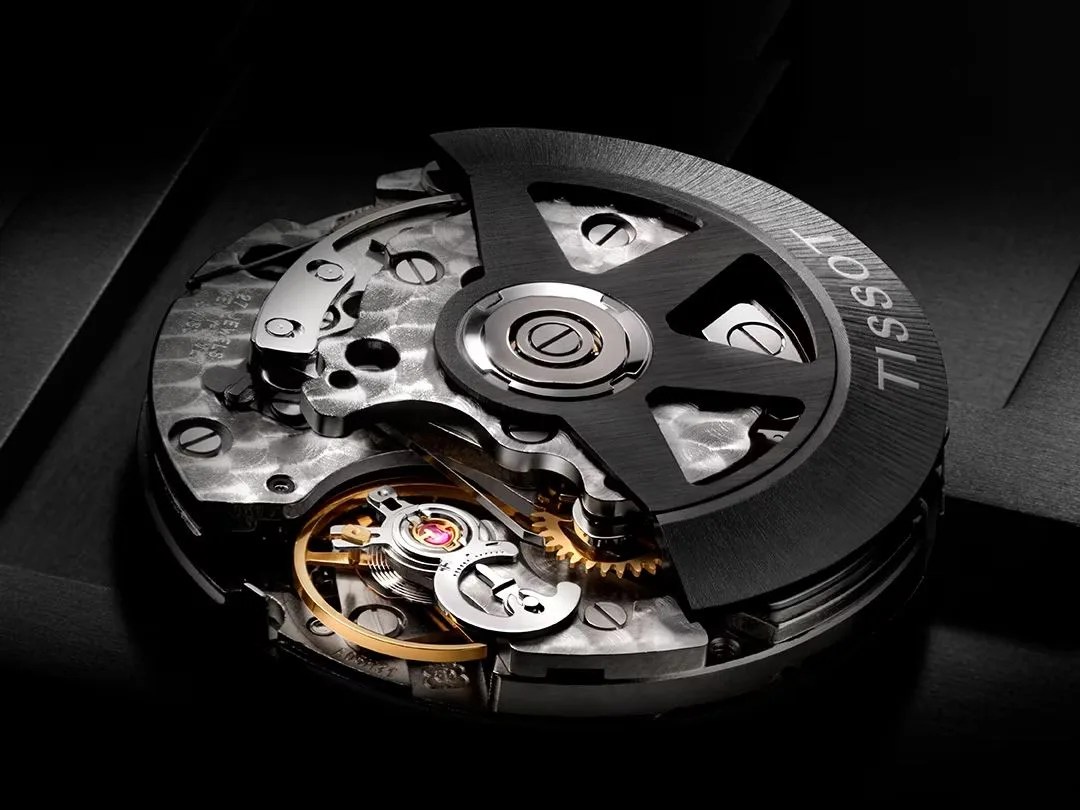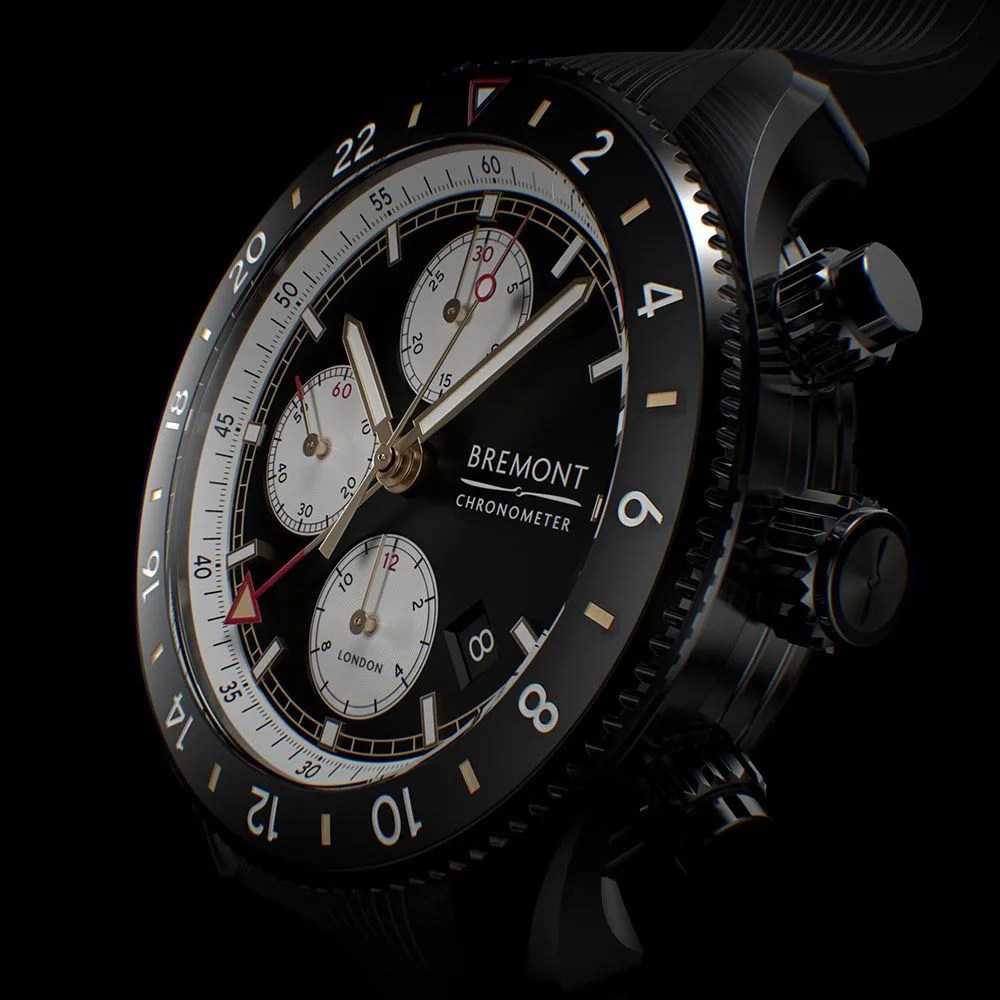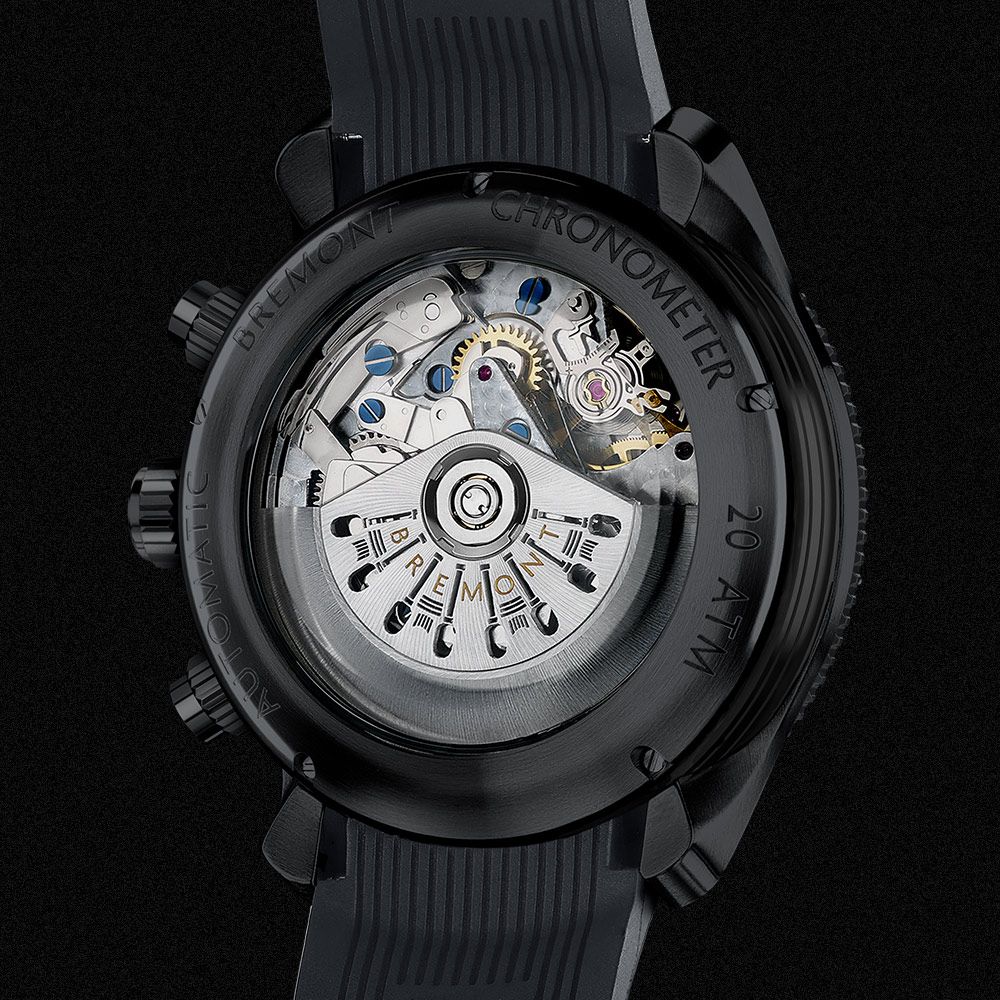For many years, just about the only Swiss mechanical chronograph watches costing less than several thousand dollars ran on one movement: the trusty, old 7750. Or some variation of it. Or some copy of it. Powering watches from big Swiss brands to those from small upstarts, it’s a central feature of the modern watchmaking landscape. Many a watch fan is familiar with its specs, layout and quirks, but fewer know its backstory.
The History of the Valjoux 7750
1970 was a year of great ups and downs for the mechanical chronograph. The vaunted Omega Speedmaster helped bring the crippled Apollo 13 space capsule back to Earth. James Bond’s Rolex Cosmograph helped 007 foil Blofeld on a mountaintop lair in On Her Majesty’s Secret Service. And it had been only a year since the great riddle of making a self-winding chronograph was solved, with several companies crossing the finish line in what was horology’s version of an arms race.
Fresh off of this triumph, the market was awash in great chronographs, like the Zenith El Primero, the Heuer Monaco and the Breitling Chrono-matic, all still icons to this day. But what should have been the dawn of a decade of glory for these automatic timepieces was prematurely overshadowed by a new, even more revolutionary invention: the quartz movement.
Within a couple of years, no one cared if their chronograph was self-winding. Quartz watches were all the rage — light, durable, infinitely more accurate and growing cheaper by the year. They were the future while mechanical watches were century-old relics — heavy, complicated and expensive. In perhaps the most telling indication of the mechanical watch’s demise, even James Bond switched from his reliable Rolex to a digital Seiko for 1977’s The Spy Who Loved Me.
During this dark (from a traditional watchmaker’s perspective) period of the early ’70s, a humble watch movement was developed that may have saved the mechanical chronograph from the dustbin of history. And it’s still being made to this day, found in countless timepieces from (relatively) humble entry-level watches to expensive perpetual calendar masterpieces.
